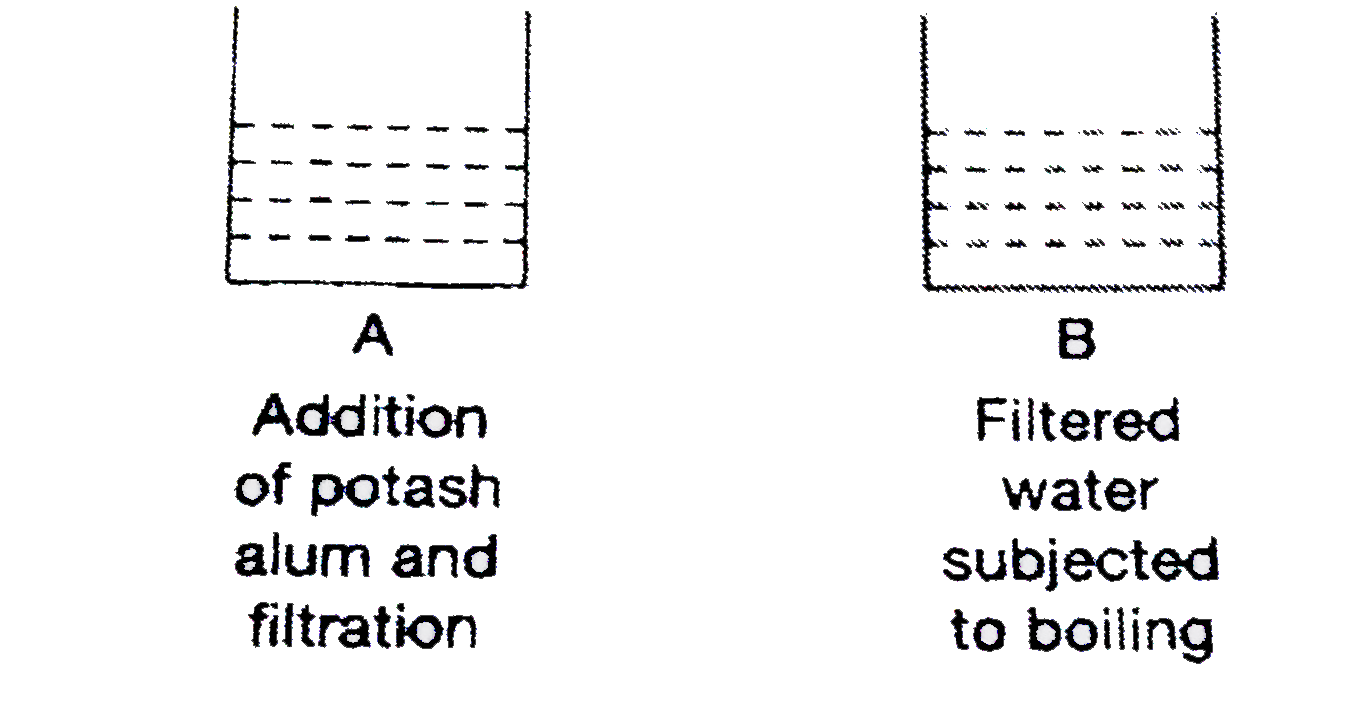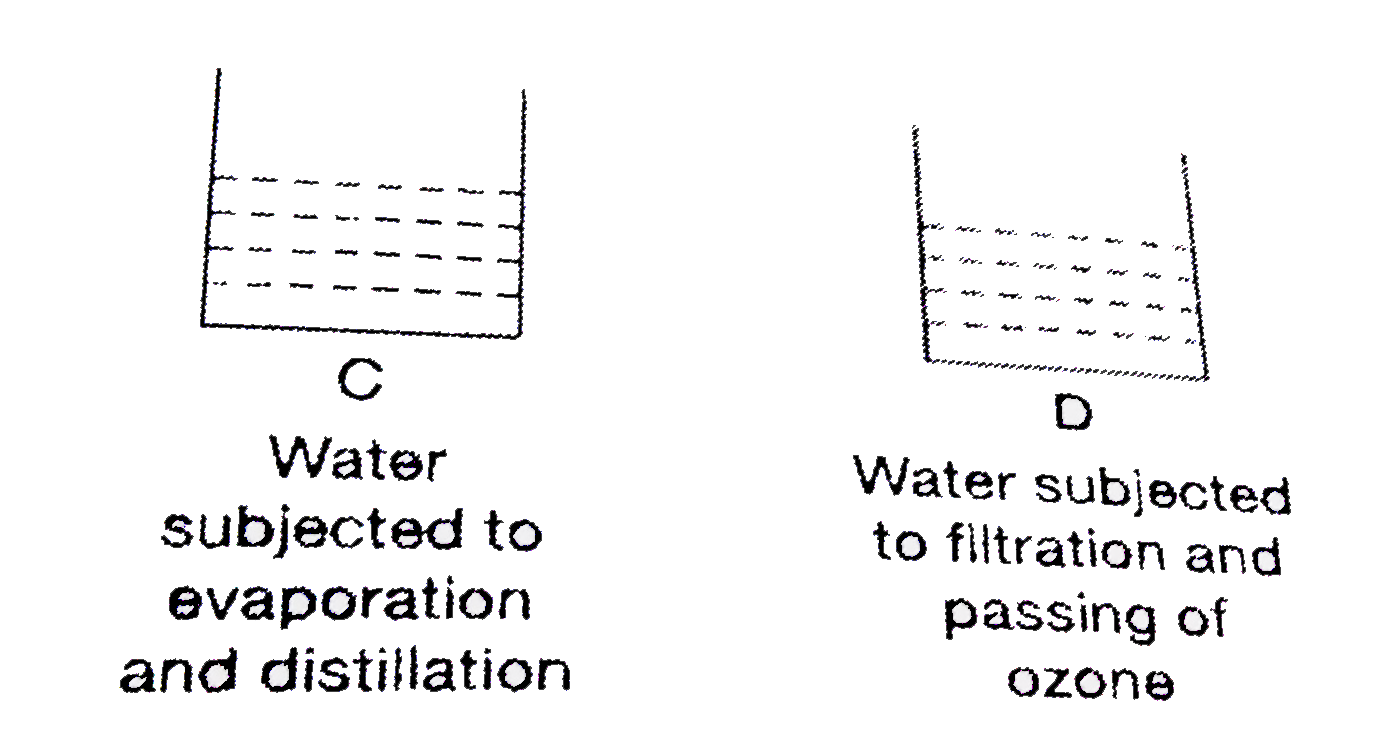A sample of urine was diagnosed to contain high content of glucose and ketone bodies. Based on this observation, answer the following
(a) which endocrine gland and hormone is related to this condition?
(b) name the ceils on which this hormone acts
(c) what is the condition called and how can it rectified?
The pancreas is associated with this condition and the related hormone is insulin.
The pancreas consists of isiets of Langerhans. The two main type of cells in islets of Langerhans are α-cells and β-cells ∝ -cells secrete glucagon while β cell secret insulin.
Insulin is a peptide hormone, which plays a major role in the regulation of glucose homeostasis. It decreases the level of glucose in blood by increasing the rate at which giucose is transported out of blood and into the cell.
When insulin is dysfunctional or not produced adequately glucose uptake is hampered and hence glucose appear in urine along with ketone bodies.

Insulin hormone mainly acts on hepatocytes (liver cells) and adipocytes (cells of adipose tissue) and enhances cellular glucose up take and utilisation.
(c) Prolonged hyperglycemic condition leads to a complex disorder called diabetes mellitus which is associated with loss of glucose through urine and formation of harmful compounds known as ketone bodies due to protein metabolism.
Diabetic patients are successfully treated with insulin therapy. It lowers the blood glucose levels and give relief to the patients.
Topper's Solved these Questions
- BOOK - NCERT EXEMPLARCHAPTER - CHEMICAL COORDINATION AND INTEGRATIONEXERCISE - Very short Answer Questions19videos
CHEMICAL COORDINATION AND INTEGRATION
- BOOK - NCERT EXEMPLARCHAPTER - CELL CYCLE AND CELL DIVISIONEXERCISE - Long Answer type question6videos
CELL CYCLE AND CELL DIVISION
- BOOK - NCERT EXEMPLARCHAPTER - DIGESTION AND ABSORPTION EXERCISE - Long Answer Type Questions5videos
DIGESTION AND ABSORPTION
Similar Questions
(a) Which hormones contain iodine and which endocrine gland secretes them ?
(b) Name the endocrine gland which hormones are stored in large quantity enough to supply a person for upto 10 months.View SolutionA river water sample is poured in four containers and subjected to four different processes as shown in the following diagram.


Answer the following questions by analysing the given diagram
(a) Which water is the most suitable for cinsumption?
(b) What are the disadvantage of other water samples?
(c ) What happens when fish are placed in the containers A, B, C and D?View SolutionWhat is the name of in-built 'arrangement' in our body which controls the timing and amount of hormones released by various endocrine glands in the body?
View Solution(a) Write the names of five endocrine glands found in the human body. Name the hormones secreted by each gland.
(b) How do hormones reach the organs they control?
(c) Name the gland which controls the secretion of hormones from the pituitary.
(d) How does our body respond when adrenaline is secreted in large amounts into the blood?
(e) Name the disease which occurs in adults due to the deficiency of iodine in the diet. what is the main symptom of this disease?View SolutionOn an educational trip to Uttaranchal, Ketki and her friends observe that many local people were having swollen necks, Please help Ketki and her friends to find out the solutions to the following questions.
( a) which probable disease are these people suffering from?
(b) How is it caused?
(c) What effect does this condition have on pregnancy?View SolutionBased on the balanced chemical equation for photosynthesis and the complex biochemical reactions involved in the process, answer the following questions.
(a) How many atoms of carbon are fixed per one molecule of glucose formed?
(b) How many Calvin cycles are involved for the formation of one molecule of glucose?
( c) What is the total number of NADP and ATP required for the entire process?
(d) How can six molecules of water give six oxygen molecules at the end?View Solution(a) Draw a diagram to show the refraction of light through a glass prism. On this diagram, mark (i) incident ray (ii) emergent ray, and (iii) angle of deviation.
(b) What is a rainbow ? What are the two conditions necessary for the formation of a rainbow in the sky ?
(c) What acts as tiny prisms in the formation of a rainbow ?
(d) Name the process which is involved in the formation of a rainbow.
(e) What are the seven colours seen in a rainbow ?View SolutionAnswer the following
(a) Name the endocrine gland associated with brain?
(b) Which gland secretes digestive enzymes as well as hormones?
(c) Name the endocrine gland associated with kidneys?
(d) Which endocrine gland is present in males but not in females?View SolutionThe gland A is attached to the wind pipe in the human body. The gland A makes and secretes a hormone B which controls the metabolism of carbohydrates, fats and proteins in the body. The non-metal element C is necessary for the formation of hormone B. The deficiency of C in the diet can cause a deficiency of hormone B in the body leading to a disease D in which the neck of a person appears to be swollen. People are advised to use salt e in cooking food so as to avoid disease D.
(a) Name (i) gland A, and (ii) hormone B.
(b) What is the element C?
(c) Name one type of food which can provide sufficient C in the diet of a person.
(d) Name (i) disease D, and (ii) salt E.View SolutionThe following figure shows a foetus within the uterus. On the basis of the given figure, answer the questions that follow:

(a) In the above figure, choose and name the correct part (A, B, C or D) that act as a temporary endocrine gland and substantiate your answer. Why is it also called the functional junction?
(b) Mention the role of B in the development of the embryo.
(c) Name the fluid surrounding the developing embryo. How is it misused for sex-determination?View Solution

